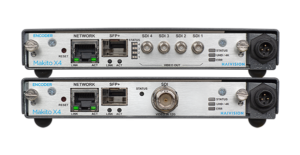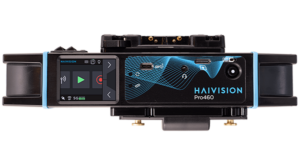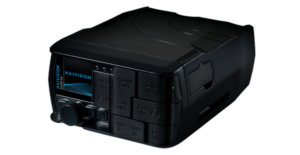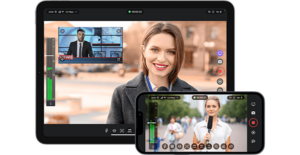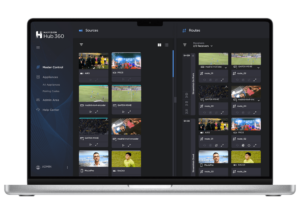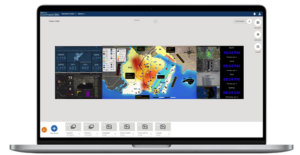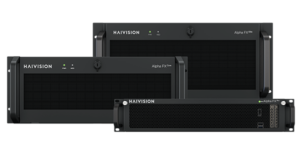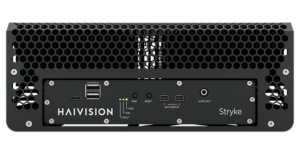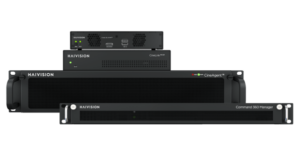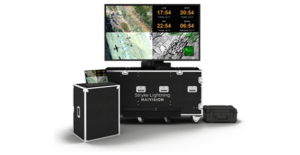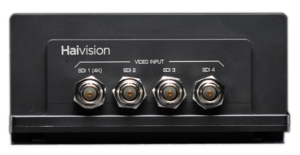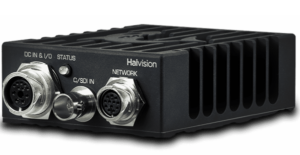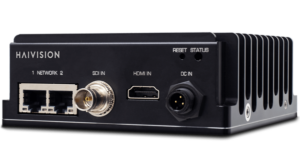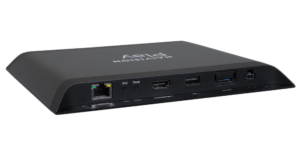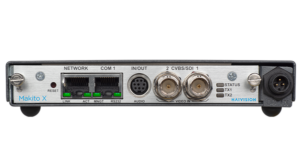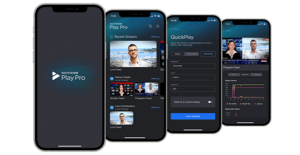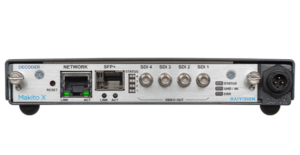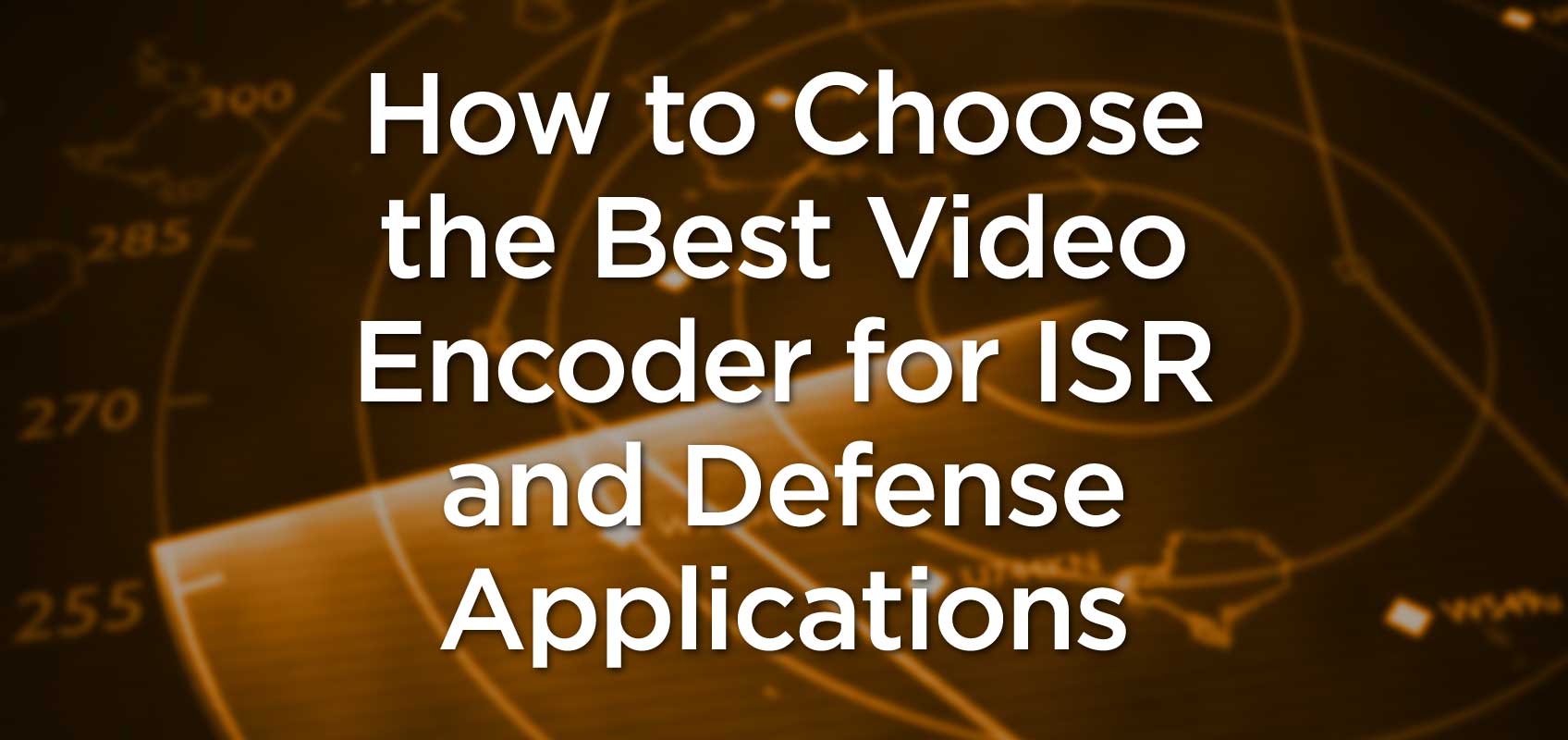How to Choose the Best Video Encoder for ISR and Defense Applications
What should you look for when selecting a video encoder for mission-critical ISR and defense applications? In this blog post, we’ll be explaining the top five factors to consider, to help you make the right decision.
#1 Low Latency
For many defense applications, such as test and training ranges, low latency video is of the utmost importance for real-time monitoring of test events. The same goes for ISR in the case of autonomous platforms where the video is being used for navigation. Using a drone or a surface vessel out at sea, lag is simply not tolerable when you have someone trying to steer a vehicle remotely. For situational awareness use cases, the ability to operate as close to real-time video as possible is essential when it comes to making informed decisions. In short, no one wants to deal with high latency.
#2 High-Quality Video at Low Bitrates
High-quality video is important to all markets but especially in defense, and more specifically ISR. There are many use cases where bandwidth is limited, so when somebody is trying to get video and metadata over a 500kb or 1 MB link, this can lead to considerable video degradation such as pixelation or choppiness as a result of jitter and packet loss. Compromised video quality has a direct impact on operations, specifically to the processing and exploitation segments of the intelligence cycle. Cells of analysts review live video streams to develop actionable intelligence that informs real-time critical decision making. Therefore, it’s essential to choose a video encoder that can deliver high-quality video even at very low bitrates for bandwidth-constrained environments.
#3 Reliability
When it comes to mission-critical operations, failure is not an option; users need a video encoder that they can depend on. It needs to be suited to the environment in which it operates whether it be air, ground, or maritime platforms, and must meet the stringent physical, data, and security standards required by defense organizations. Examples include military standards (MIL-STD) which address harsh environmental conditions including low pressure, exposure to high and low temperatures, and shock and vibration. There are also MISB standards for interoperability, integrity, and quality of motion imagery and associated metadata as well as STIGs (Security Technical Implementation Guides), a series of security guides to ensure protection against malicious actors. Read more about defense standards for video encoding and decoding here.
#4 Ease of Use
Not to be overlooked, choose a video encoder that is simple to use, can be easily configured, and has an intuitive user interface. Being able to get up and running quickly and “set and forget” your devices saves valuable time and effort, allowing you to focus on the mission at hand.
#5 Industry Expertise and Customer Support
Of course, it’s not just the hardware or software that matters, choosing a video encoder from a company with deep domain expertise, industry knowledge, and video experts that fully understand your use case, the challenges that you face, and the environment in which you operate are critical. Choose a vendor that offers support to help you protect your hardware and software investments with access to leading video experts who can quickly diagnose and troubleshoot technical, network, and system challenges.
Which Video Encoder is Right for My Application?
Across all the industries it serves, Haivision has become a brand synonymous with high-quality, secure, ultra-low latency video encoders. Our flagship Makito family of video encoders and decoders is trusted and relied upon by defense organizations worldwide to power their high-quality, low latency workflows.
Free Makito X Comparison Guide
Highly portable, extremely secure, and field-proven, Haivision Makito video encoders are available in a wide variety of configuration options, making them suitable for the most demanding live video transport applications. Use our free comparison guide to help you choose the video encoder that best meets your needs.

